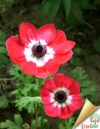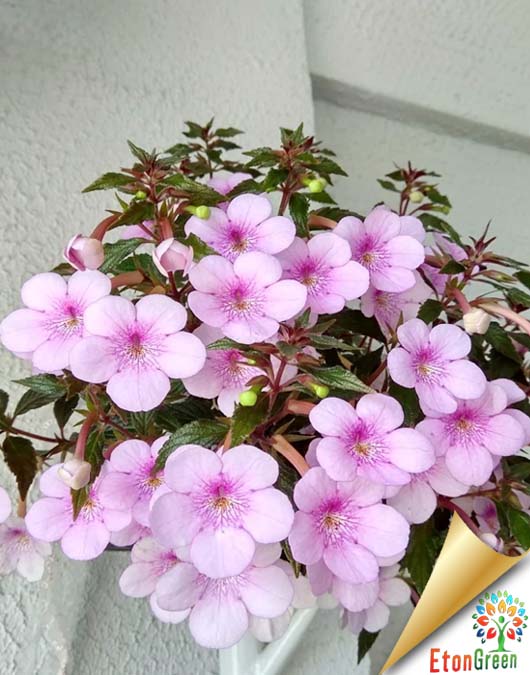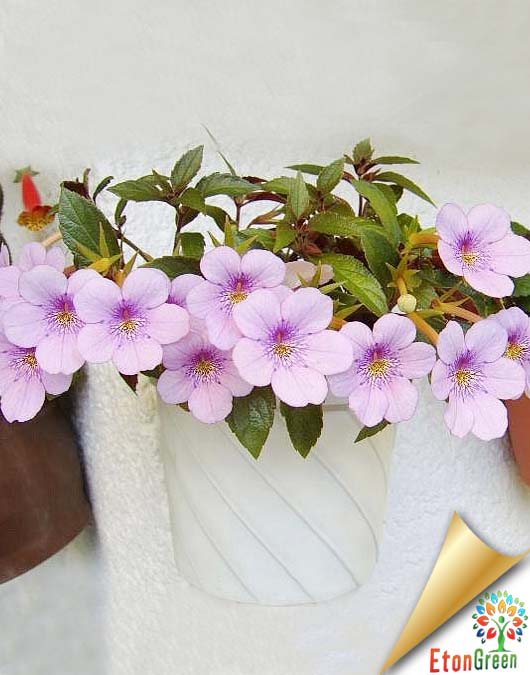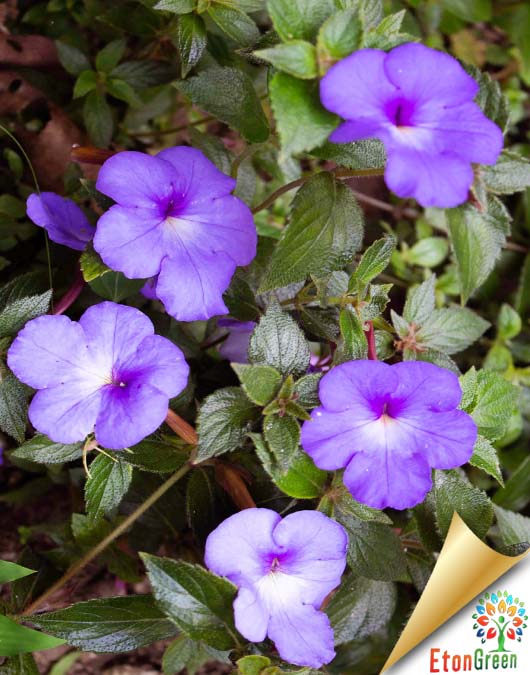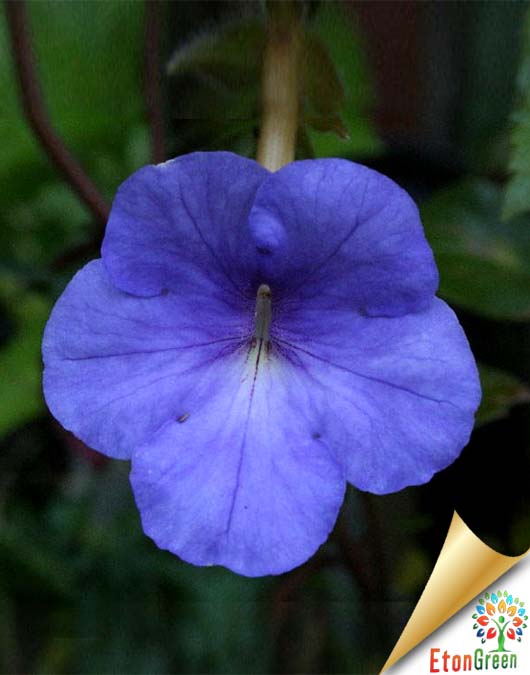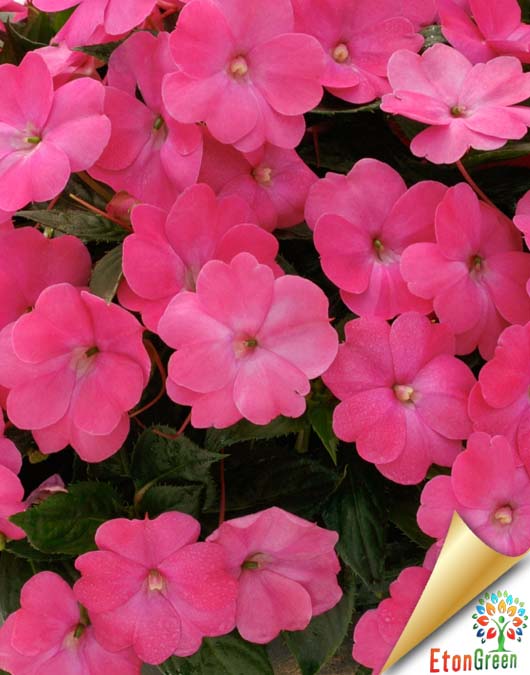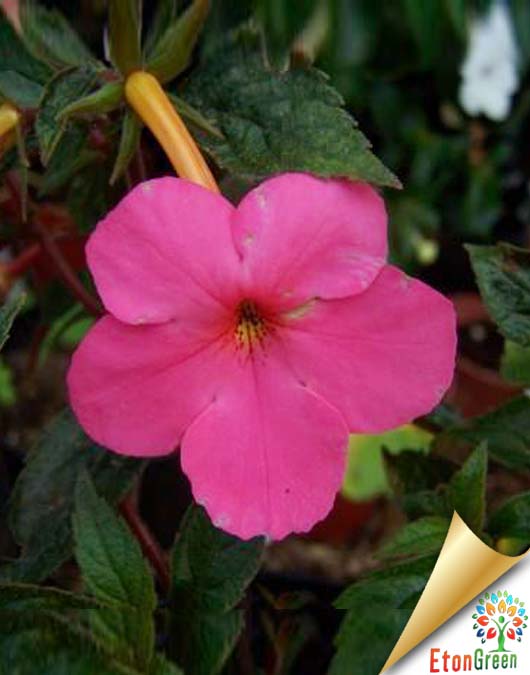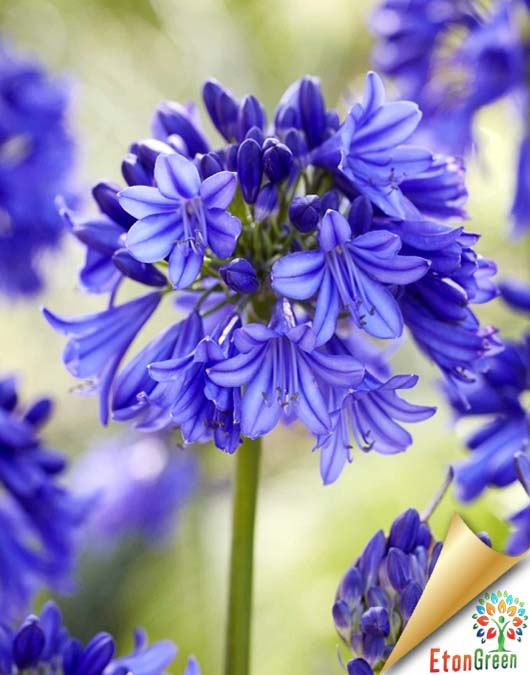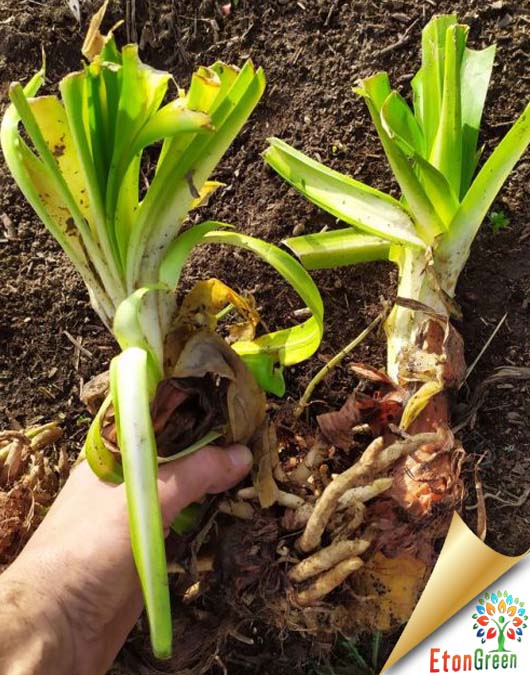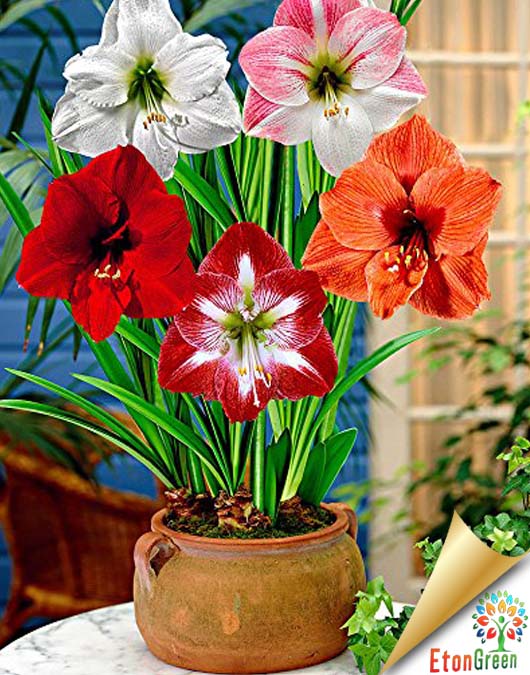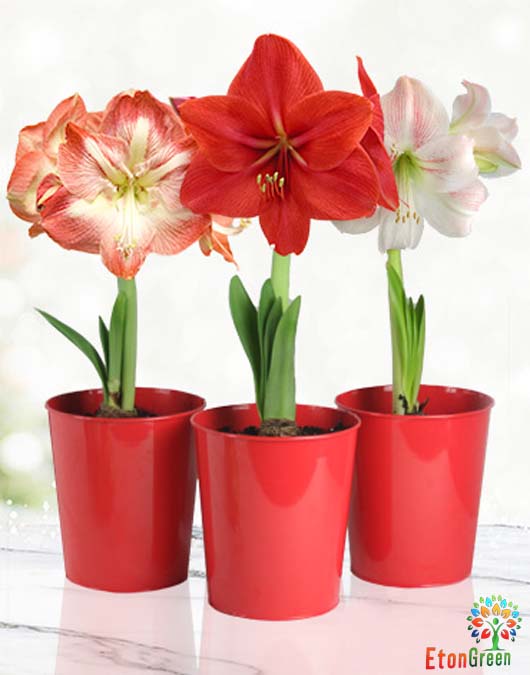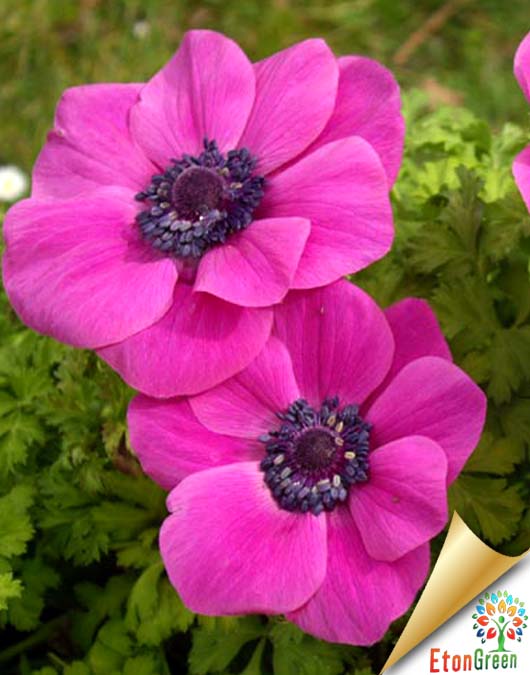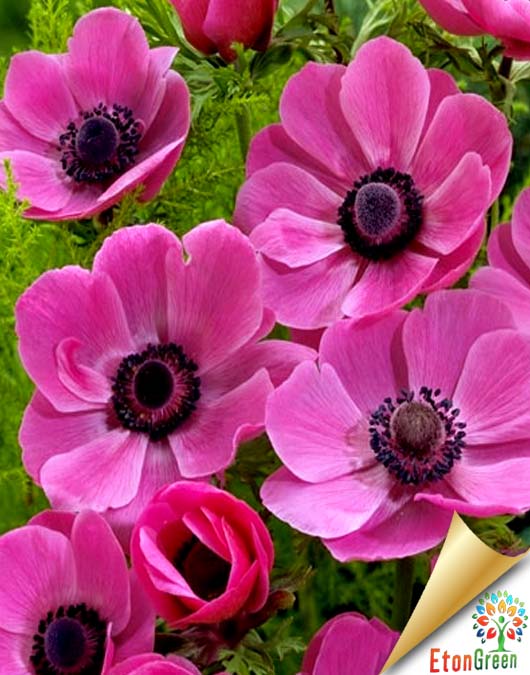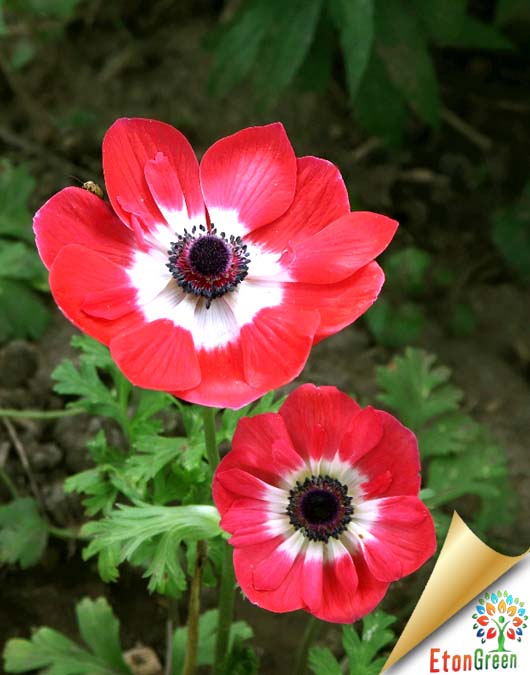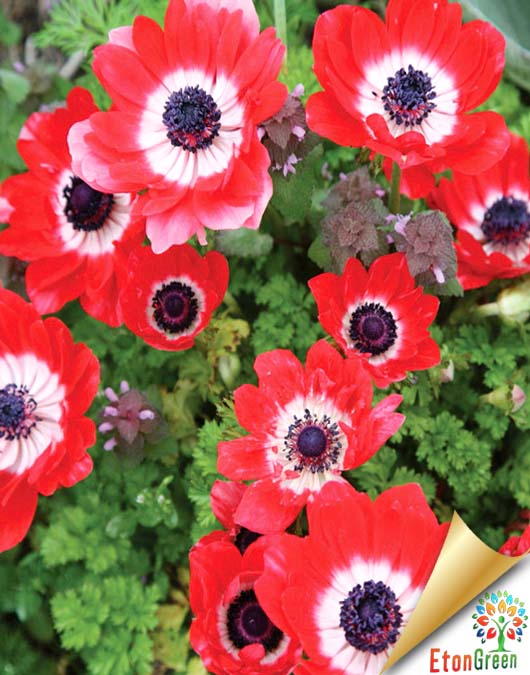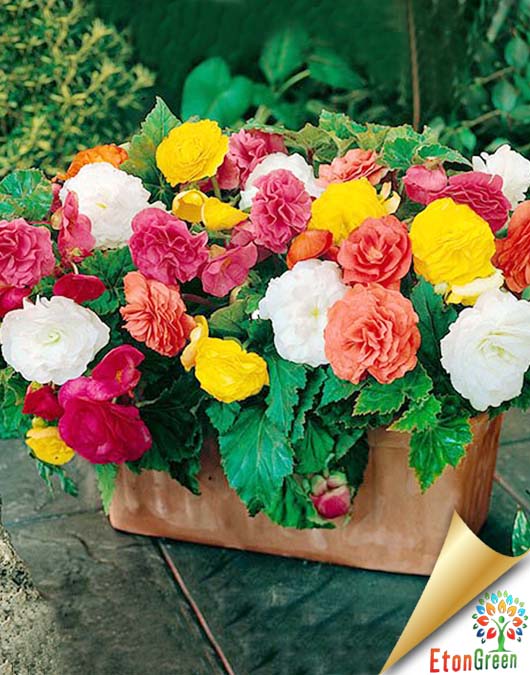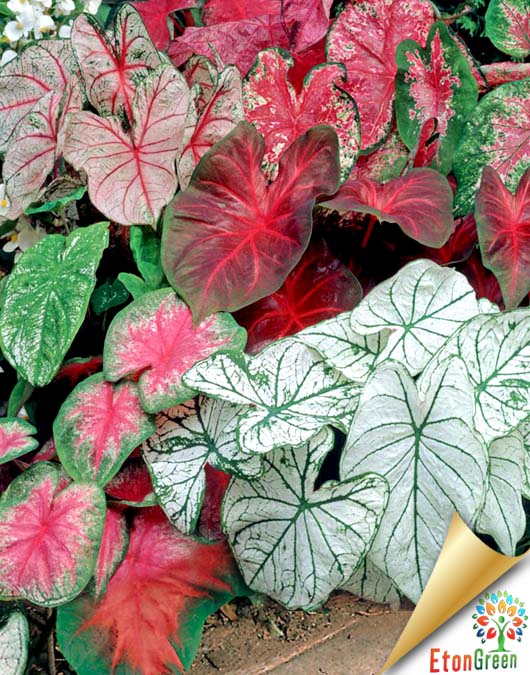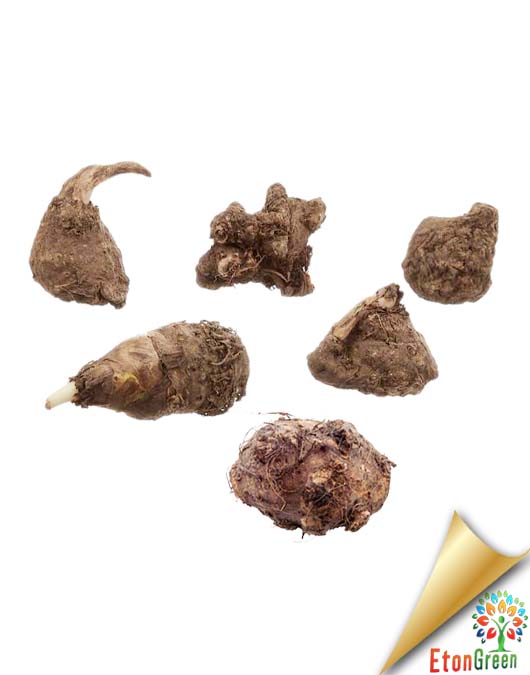Subtotal : ₹270.00
- Shipping charge ₹ 90 for entire order
- Achimenes mexicana is a beautiful and easy member of the Gesneriad family that grows from curious elongated scaly rhizomes.
- It has gorgeous blue-purple flowers with a white throat. They are funnel-shaped and the colour is quite hard to capture photographically as in different lights they appear to oscillate between purple-blue and blue-purple.
- It should come as no surprise that this variety is a favorite among many for its high bloom count and solid, rich coloring. An excellent partner for white tuberous Begonias, these two create a gloriously contrasting display. Provide these easy growers with protection from the sun and regular water during active growth, and they’ll return the favor with months of bright blooms! Enjoy!
- Shipping charge ₹ 90 for entire order
- This beautiful bloomer is grown mostly as a flowering houseplant in hanging baskets or mixed containers. As relatives of African Violets, Achimenes fancy more moderate conditions than most outdoor settings provide. They grow best in areas with light to partial shade or dappled sun.
- Choose a spot where your Achimenes will receive light to moderate shade or dappled sun.
- Select a container with at least one drainage hole and fill it with a good quality, well-draining soil. Almost any commercially available potting mix will do the trick.
- Dig small holes and nestle the bulbs 3/4”–1” deep and 3”–4” apart. Don’t worry about which side is up, as they will happily grow from any position.
- Shipping charge ₹ 90 for entire order
- Agapanthus is considered to be both a magical and a medicinal plant, used to treat heart disease, paralysis, coughs, colds, and other ailments, and the leaves are used as bandages (the plant does contain chemicals with anti-inflammatory and other properties).
- Growing Agapanthus requires a sunny to partly shady location and regular water. Mulching is helpful to retain moisture with new plants set about 1 to 2 inches
- While it is very tolerant to a wide variety of soil conditions, they do enjoy some rich compost or organic matter added during your agapanthus planting
- Water a plant when the soil feels dry to touch.
- Water thoroughly in the summer and reduce watering for the winter & rainy season.
- Try to water the plants in the morning around 8-10am.
- Avoid waterlogged soil.
- Reduce watering in the winter.
- You should remove dead, infected or damaged plant parts and throw in the garbage collector.
- You should fertilize a plant at planting time and growing season.
- Shipping charge ₹ 90 for entire order
- These plants are perennial herbaceous bulbous plants. They generally have large fleshy bulbs. It is a plant with strap-shaped, glossy, green leaves and producing few large funnel-shaped flowers on a stout stalk, from March-May This plant is very suitable for planting in border, shrubbery and in a pot.
- The amaryllis lily is mainly used for ornamental purpose in garden, terrace, balcony, patio, etc.
- Common name: Hippeastrum
Color: The usual color is white with crimson veins, but pink or purple also occur naturally.
Bloom time: Late December until the end of June.
Height: 24 in/60 cm.
Difficulty level: EasyPlanting & Care
Amaryllis like their soil rich, but exceptionally well-drained, so ideally create a mix from one part well-rotted manure, one part horticultural grit or sand, and two parts leaf mould. Two-thirds good compost mixed with one-third grit also does fine.Sunlight: Full sunSoil: Well-drained soil.
Water: Keep soil moist throughout the growing season.
Temperature: 20°C
Fertilizer: Apply any organic fertilizer.
Harvesting: After the amaryllis has stopped flowering, it can be made to flower again. Cut the old flowers from the stem after flowering, and when the stem starts to sag, cut it back to the top of the bulb. Continue to water and fertilize as normal all summer, or for at least 5-6 months, allowing the leaves to fully develop and grow. When the leaves begin to yellow, which normally occurs in the early fall, cut the leaves back to about 2 inches from the top of the bulb and remove the bulb from the soil. Clean the bulb and place it in a cool (40-50 deg. F), dark place such as the crisper of your refrigerator for a minimum of 6 weeks. Caution: Do not store amaryllis bulbs in a refrigerator that contains apples, this will sterilize the bulbs. Store the bulbs for a minimum of 6 weeks.
Care:
- Once the plant is flowering, continue the watering and keep it out of direct sunlight, and slightly cooler (10-15°C), but as light as possible to promote a longer flower life.
- Each individual flower should last two or even three weeks before they brown.
- As each one fades, cut it off at the top of the stalk and then when the whole stalk is over and begins to sag, carefully cut it off just above the bulb nose.
- After flowering you can keep them from one year to the next.
- Feeding needs to continue and you want to water too, until the leaves begin to yellow in late summer/early autumn.
- At this stage, cut the leaves back to about 6cm (2½in) from the top of the bulb and remove it from the pot.
- Keep the bulb cool (5-10°C) and dark, to give it a dormant period for 8 weeks before you can encourage it to come into leaf and flower again When the temperature in your greenhouse falls to below 10C, bring them into the warmth and begin gentle watering again and your bulb will re-shoot.
- Don t re-pot it for the first couple of years; it hates root disturbance.
- The older and bigger the bulb, the more flowering stems you’ll get, so it’s worth the trouble of nurturing these mini football bulbs.
- Bulbs older than two years will produce offset bulblets.
- These may be left attached to the mother and re-potted with her, creating an amazing show, but its best to remove them carefully just before you replant and put them in their own individual pots.
- These little bulbs will take two years before producing their first flower, but it will be a proud moment when they do.
- Shipping charge ₹ 90 for Entire order.
- Anemone flower can beautify every place with its simplicity and beautiful scent.
- Anemone is perennial flowering plant that have basal leaves with long leaf-stems that can be upright or prostrate. Anemone flower is a plant that can be increasingly found in gardens and terraces. This beautiful flower can beautify every place with its simplicity and beautiful scent.
-
Besides being the most common gift to give to someone, flowers are also beautiful decoration and important ingredients of perfumes and many other things that make our lives more beautiful.
Common Name Anemone or Windflowers Height Up to 2 to 3 feet Flower Colour Random color Bloom Time Spring Difficulty Level Easy to grow - Special Care For Anemone.
- Before Planting : Deep The Bulb into Normal water during 30 Minutes to 45 Minutes.
- Soil: Mix The normal Soil with 30% of Coco Peat & 20% of Vermi Compost ,
- Planting : Bulb is already Medicine Treated , Plant the bulb in Pot One inch deep. There is no need of Water till Germination or a week.
- Shipping charge ₹ 90 for Entire order.
- Anemone flower can beautify every place with its simplicity and beautiful scent.
- Anemone is perennial flowering plant that have basal leaves with long leaf-stems that can be upright or prostrate. A scarlet beauty with shiny red petals and a black center that is set off by a white halo.
- A great cut flower and an attractive companion for tulips and other spring bulbs.
-
Common Name Anemone or Windflowers Height Up to 2 to 3 feet Flower Colour Random color Bloom Time Spring Difficulty Level Easy to grow - Special Care For Anemone.
- Before Planting : Deep The Bulb into Normal water during 30 Minutes to 45 Minutes.
- Soil: Mix The normal Soil with 30% of Coco Peat & 20% of Vermi Compost ,
- Planting : Bulb is already Medicine Treated , Plant the bulb in Pot One inch deep. There is no need of Water till Germination or a week.
- Shipping charge ₹ 90 for entire order
- Is it a bulb? Is it a root? No, it’s a begonia—technically a “tuber”—that produces some of the most brilliant blooms in any late-season garden! A very versatile and colorful species, Begonias can be planted in pots, window boxes, the ground, or just about anywhere in either sun or shade.
- Tuberous begonias are popular all over the world. Not only do they have attractive flowers, but their foliage can be quite interesting, too. They can brighten up both your indoor and outdoor gardens.
- Begonia Tuberous Double make your garden look very beautiful as they start blooming in month April. The utterly captivating fragrance of fresh Begonia is hard to beat in a garden.
- Simply plant the bulbs 20cm deep and wait for these lovely Summer blooming perennials to give you a pleasing look.
- Well drained – light, sandy, clay- heavy, moist chalky, alkaline, acidic soil.
EtonGreen Caladium Mixed Color Bulbs(Set of 5 Bulbs)
- Shipping charge ₹ 90 for entire order
- The genus Caladium includes seven species that are native to South America and Central America, and naturalized in India, parts of Africa, and various tropical islands. Caladiums are known for their big, heart-shaped leaves that display amazing color combinations of white, pink, red and green.
Caladiums can be grown in containers or clumped together within beds and border. There are numerous varieties of caladiums found in either the fancy-leaved or the strap-leaved cultivar. Often varieties that bloom for a short portion of the season.
Blooming on caladium plants is not common, but tubers planted in favorable locations tend to produce small flower.
-
Common Name Elephant ear, Heart of Jesus, Angel Wings Height Up to 80 cm Flower Color Pale yellow (the flower-like bud on a caladium is a spathe) Bloom Time The flowers are inconspicuous and when grown as annuals, they may not have time to flower at all. Difficulty Level Easy to grow -
Caladium Care
- Caladiums grow from tubers and can be propagated by dividing the tubers
- These plants thrive in moist, well-drained soil and are generally happier in partial shade
- As foliage begins to die down in the fall, reduce water, dig up and air dry bulbs for a week

